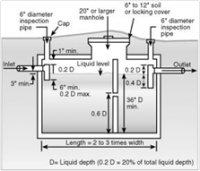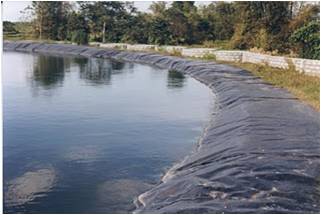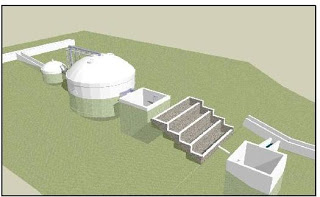Difference between revisions of "Practitioner's Tool / Primary Treatment Methods"
From Akvopedia
| Line 1: | Line 1: | ||
{| cellspacing="0" cellpadding="10" border="1" style="width: 100%" | {| cellspacing="0" cellpadding="10" border="1" style="width: 100%" | ||
|-style="text-align: center; vertical-align: middle" | | |-style="text-align: center; vertical-align: middle" | | ||
| − | | '''Primary Treatment''' | + | |width=20%| '''Primary Treatment''' |
| − | | '''Appropriate Use''' | + | |width=20%| '''Appropriate Use''' |
| − | | '''Relative Cost''' | + | |width=20%| '''Relative Cost''' |
| − | | '''Operations and Maintenance''' | + | |width=20%| '''Operations and Maintenance''' |
| − | | '''Effectiveness''' | + | |width=20%| '''Effectiveness''' |
|- | |- | ||
| style="text-align: center; vertical-align: middle" | | | style="text-align: center; vertical-align: middle" | | ||
Revision as of 22:45, 28 September 2016
| Primary Treatment | Appropriate Use | Relative Cost | Operations and Maintenance | Effectiveness |
|
|
Residential or commercial sources with a population loading of less than 25 people |
Low - Can be constructed using local materials and labor |
Needs to be de-sludged every 3 to 5 years |
Moderate - Can reduce 40% to 60% of pollution loading |
|
|
Small community or institutional sources, such as hospitals. Must be located well away from residential communities due to potential for odors and nuisances |
Low for areas where available land is plentiful and low value |
Low - Systems still require routine operation and maintenance tasks such as monitoring, weed and trash removal, scum and biosolids management |
Can be very effective as primary treatment devices. May also be designed for secondary treatment |
|
Anaerobic Baffled |
Residential or commercial facilities with a population loading of between 25 and 200 people |
Low - May be constructed with local materials and labor |
Low - Periodic desludging is required |
Good - Generally better performance than septic tanks. Can remove 75% of the pollution load |
|
|
For animal manure or other high strength waste. Can be used for small community systems that combine waste from fish and animal operations, people and commercial activities |
Moderate - Some systems require tight specifications on construction |
Moderate - Take care to ensure the source wastewater is free of chemicals or disinfectants which can kill microbes that produce biogas |
Ineffective for human waste only. When waste includes animal manure, may produce enough biogas to meet cooking fuel demands |



